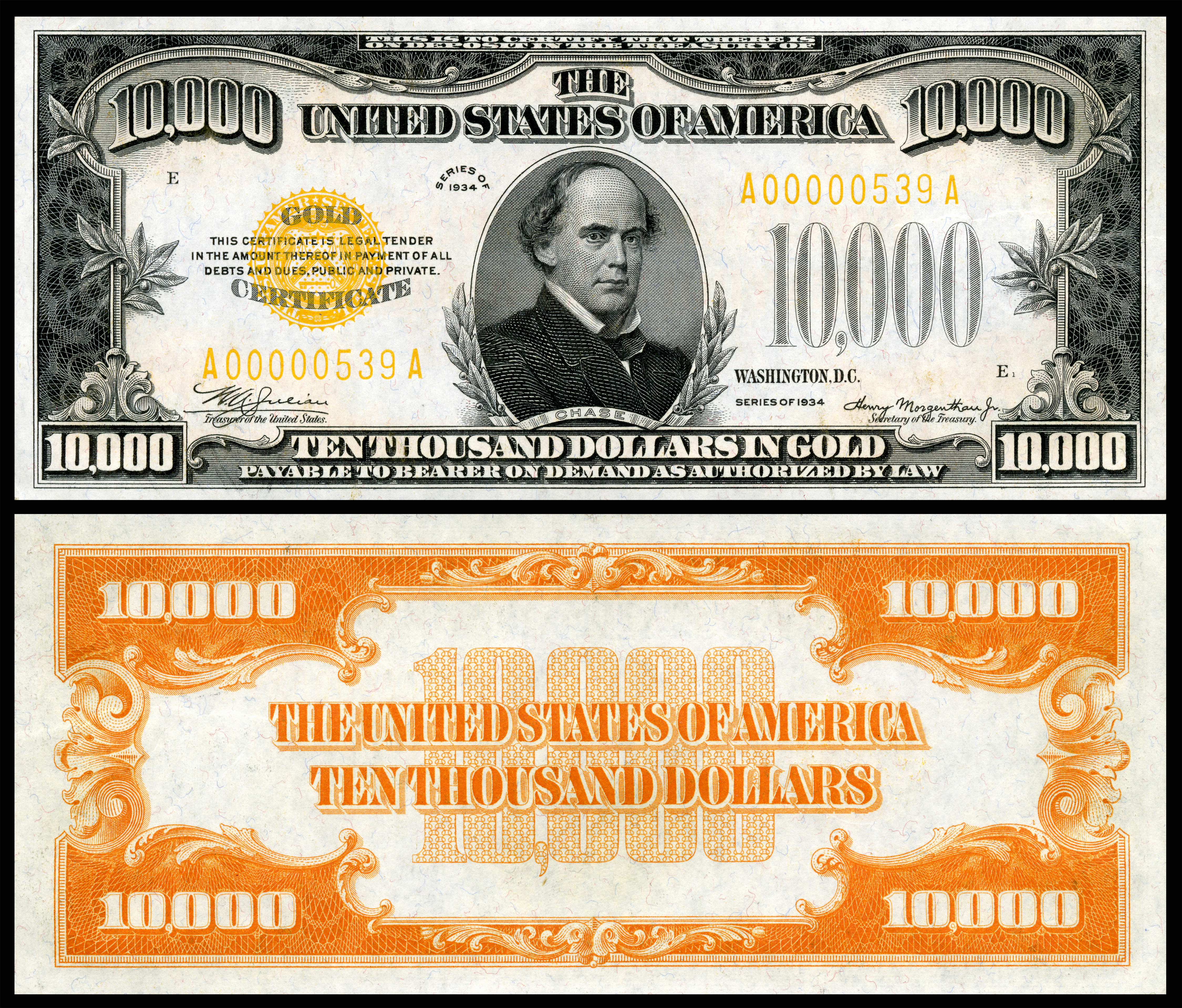What is Gold Bullion
Gold bullion or ingots are forms of physical gold officially recognized as 99.5% to 99.9% pure. Governments and central banks frequently keep physical gold as a reserve asset.
To make bullion, mining companies must first discover gold and extract it from the earth in gold ore, a mixture of gold and mineralized rock. The gold is subsequently removed from the ore using chemicals or high temperatures. The resulting pure gold is “parted bullion.” “Unparted bullion” refers to bullion that contains more than one sort of metal.
Investors who prefer the touch, feel, and security of having gold may want to purchase gold bars rather than intangible investments such as gold exchange-traded funds (ETFs). Physical, investment-grade gold (gold bullion) is available for purchase at the spot price, which is the price of pure gold. Depending on the seller, there might be additional expenses in purchasing bullion. In the unlikely event of a catastrophic economic collapse, physical gold is a highly liquid asset that offers a fast means of accessing cash. Further, gold holds its buying power, and increases in value over time.
The Gold-Buying Process
Buying physical gold bars online is a relatively straightforward process. You can buy gold bars from any of the major banks. If you opt to purchase gold online, many online retailers offer discounts on larger purchases. Some retailers also provide discounts depending on your payment method — some for using bitcoin, while others offer discounts for wire transfers, so choose the less expensive payment method. After receiving the gold bars, preserve them in their original packaging to avoid scratches and bank safety deposit boxes.
If you are in Las Vegas and Dubai, you can buy gold bars at Gold-to-Go ATMs. People choosing this method should pay close attention to the spot price of gold. ATMs usually sell the precious metal at much higher prices than banks or other retailers.
5 Tips for Buying Gold Bullion
Shop Around for the Best Gold Bullion Price
When perusing the bullion market, investors should be aware of the spot price of gold. You can find the daily cost of gold on finance websites such as Yahoo or Nasdaq that display stock tickers. Gold is relatively easy to obtain, but prices vary widely as vendors factor in their desired profit margin as well as other charges such as authenticity certifications, shipping and handling, and payment processing fees. A price comparison that includes the fees charged by different suppliers is essential for obtaining the best price on gold bars.
Invest in Only Pure Gold (>99.5%)
The remainder is an alloy, usually silver or copper, that allows for smelting. People who buy gold bullion as an investment should only buy a bar with the producer’s name, weight, and purity, usually indicated as 99.99%, stamped on the face.
Gold Bars vs Gold Coins — Understanding the Difference
While all forms of pure gold carry significant monetary value, not all investment-quality gold is created equal. Investors who want to add a physical commodity that monitors the price of gold may want to avoid gold coins. These coins frequently have appealing designs and historical value and contain a lower amount of gold, but they cost more due to their numismatic worth.
Gold coins not only cost more than bars, but they can also negatively impact the value of an investor’s portfolio. For example, collectors prize the American Eagle coin made by the United States Mint, which only contains 91.67 percent gold, yet costs more than a regular gold bar due to its collector’s value. In contrast, some investors may prefer gold bars, which are often the easiest to retain long term and convert to cash.

Purchase Gold in Practical Sizes
When you invest in gold bullion, you should consider how you would resell it if needed. Although gold is highly liquid, it would be easier to sell many smaller quantities of gold than it would be to sell one large bar. For example, if the spot price of gold is $1800, it would be wiser to purchase 10 one-ounce bars than one large 10 oz bar. The cost of the bars would still be $18,000, but come selling time, you wouldn’t have to part with an entire 10 ounces at once if you go the smaller bar route. In contrast, because of the small size of one-gram gold bars, investors may save up to purchase larger gold bars.
Be Cautious of Scammers
To learn more about the reputation of a gold seller, gold bar buyers should visit websites such as the Better Business Bureau and Ripoff Report. In general, trustworthy gold vendors must disclose all fees required to complete a transaction upfront. If this is a major concern, then purchasing from a major bank would be your best bet.
Canadian gold bullion investors should conduct their due diligence before purchasing gold from suppliers abroad. Even if the gold bars are genuine, seller fees may be excessive, and customers may have difficulty clearing the gold through customs, depending on the quantity purchased.
The Bottom Line
Physical gold ownership entails several distinct expenditures, such as storage and insurance charges and transaction fees and markups involved with purchasing and selling the commodity. There may also be processing costs and small lot fees for investors making smaller transactions. While these fees may not be substantial for someone trying to invest a modest amount of their portfolio in gold, they may become prohibitive for individuals seeking to develop a more significant exposure. To further diversify your portfolio, you can also allocate some of it to stocks. Stocks are not only easily accessible — they are also easy to sell, and they don’t require a safety deposit box.
To learn more about diversifying your portfolio by investing in stocks, contact our investor relations team today!
The post What is Gold Bullion — How to Invest in Physical Gold appeared first on O3 Mining.
